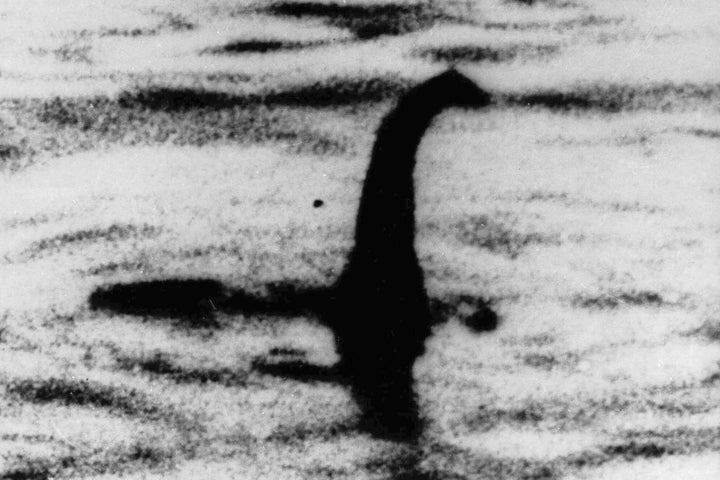LONDON (AP) — The Loch Ness Centre in Scotland is calling for “budding monster hunters” and volunteers to join in what it dubs the largest search for the Loch Ness Monster since the 1970s.
The visitor attraction said this week that modern technology such as drones that produces thermal images of the lake will “search the waters in a way that has never been done before.”
The new surface water search for the fabled “Nessie,” planned for the weekend of Aug. 26 and 27, is billed as the largest of its kind since the Loch Ness Investigation Bureau studied the loch for signs of the mythical beast in 1972.
The Loch Ness Centre is located at the old Drumnadrochit Hotel, where in 1933 manager Aldie Mackay reported spotting a “water beast” in the loch, the largest body of freshwater by volume in the United Kingdom and one of its deepest.
The story kicked off an enduring worldwide fascination with finding the elusive monster, spawning hoaxes and hundreds of eyewitness accounts. Numerous theories or explanations have been put forward over the years, including that the creature may have been a plesiosaur, a prehistoric marine reptile, giant eels or even swimming circus elephants.

The Loch Ness Centre said its team will deploy drones equipped with infrared cameras so they can produce thermal images of the water from the air. A hydrophone will also be used to detect acoustic signals under the water.
Volunteers will be asked to keep an eye out for any breaks or other movements in the water, with guidance from experts on what to look out for and how to record findings.
“It’s our hope to inspire a new generation of Loch Ness enthusiasts,” said Alan McKenna, of Loch Ness Exploration, a voluntary research team taking part in the upcoming search.
“By joining this large-scale surface watch, you’ll have a real opportunity to personally contribute towards this fascinating mystery that has captivated so many people from around the world,” he added.

